When it comes to strength training, whether you're lifting heavy weights or pushing your limits in bodyweight exercises, the need for support and stability is paramount. One of the most crucial tools that many athletes and lifters rely on to enhance their performance and protect themselves from injury is wrist wraps. But, have you ever wondered, "What exercises should I actually use wrist wraps for?" If you're looking to maximize your workout, prevent injuries, and achieve your fitness goals faster, wrist wraps could be the game changer you need.
In this blog, we'll explore the importance of wrist wraps, which exercises benefit the most from their use, and how to properly use them to get the best results. Let's dive in!
Why Should You Use Wrist Wraps?
Wrist wraps are primarily designed to provide support and stability to your wrists during heavy lifts or high-intensity exercises. Your wrists are some of the most vulnerable joints in your body, and during certain movements, they bear a significant amount of pressure. Whether you're pressing overhead, performing a heavy deadlift, or working on pull-ups, wrist wraps can help maintain proper wrist alignment and prevent unnecessary strain on the joint.
Key Benefits of Wrist Wraps:
- Increased Stability: Wrist wraps help stabilize the wrist joint, reducing the risk of injury during heavy or high-volume lifts.
- Improved Grip Strength: They assist in providing better wrist control, particularly when your grip strength starts to falter during max-effort lifts.
- Injury Prevention: Wrist wraps can help prevent strain on the ligaments and tendons of the wrist, especially when lifting heavy weights or performing repetitive motions.
Exercises That Benefit the Most from Wrist Wraps
Not all exercises require wrist wraps, but certain movements, especially those involving significant weight or repetitive strain, can benefit from the extra support. Let's take a look at some of the exercises where wrist wraps can make a real difference.
Bench Press
The bench press is a classic strength training movement, but it places a lot of pressure on your wrists, especially as you increase the weight. When you're pressing heavy, your wrists tend to bend backward, putting strain on the joint and causing discomfort.
How wrist wraps help: Wrist wraps provide the necessary support to prevent your wrists from bending too far back, helping you maintain a strong and safe pressing position. They can also provide a boost in stability, so you're more confident when pushing heavy loads.
When to use wrist wraps: If you're lifting heavy weights (80%+ of your max), or if you've had issues with wrist pain in the past, wrist wraps can help ensure your wrists stay properly aligned and supported throughout the movement.
Overhead Press
The overhead press, or military press, is another exercise that places your wrists in a vulnerable position. As you press weight overhead, the wrists are often forced into an extension position that can lead to discomfort or injury if not properly supported.
How wrist wraps help: Wrist wraps keep your wrists from overextending, preventing hyperflexion and maintaining a neutral wrist position. This is especially important during strict overhead presses or when pushing your limits with heavy loads.
When to use wrist wraps: Use wrist wraps for any overhead pressing movement, particularly when using heavier weights or during strict press variations (i.e., no leg drive).
Deadlift
Deadlifts are a staple in strength training, and while they target the lower body and posterior chain, they also demand a strong grip and stable wrists. Many lifters struggle with grip fatigue and often lose their grip before their legs or back tire out, which can limit the amount of weight they can pull.
How wrist wraps help: Wrist wraps provide additional support to the wrists, reducing fatigue and preventing wrist hyperextension when holding onto heavy barbells. They help keep your wrists locked in a strong position, which is crucial when attempting max lifts.
When to use wrist wraps: Use wrist wraps during your heaviest deadlifts, especially during the last few sets of a strength cycle when your grip strength may be compromised.
Pull-Ups and Chin-Ups
Pull-ups and chin-ups are fantastic bodyweight exercises for building upper body strength, but they place a significant amount of strain on the wrists, especially during higher reps or weighted variations. If your grip starts to fatigue during pull-ups, you might struggle to maintain a solid hold on the bar, leading to potential wrist discomfort or strain.
How wrist wraps help: Wrist wraps support the wrists, helping to stabilize the joint and reduce fatigue in the forearms, allowing you to perform more pull-ups or chin-ups without worrying about your grip.
When to use wrist wraps: If you're doing weighted pull-ups, high-rep sets, or feel wrist pain during pull-ups, wrist wraps can provide extra protection and endurance to complete your sets.
Wrist Curls
Wrist curls are an isolation exercise meant to strengthen the forearms and wrists. Though this may seem like an obvious exercise to use wrist wraps for, it's not always necessary. However, if you're using heavy weights or aiming for higher reps, wrist wraps can provide additional support and ensure your wrists remain protected while performing the exercise.
How wrist wraps help: Wrist wraps offer stability and prevent excessive strain on the wrist joints during heavy wrist curls. This support can lead to more controlled and effective movements.
When to use wrist wraps: Use wrist wraps when training with heavy dumbbells or barbells for wrist curls, or if you experience discomfort while doing the exercise.
When Should You Use Wrist Wraps?
While wrist wraps are beneficial for heavy lifts and certain movements, they shouldn't be used all the time. It's important to know when to use them to avoid over-reliance and maintain wrist mobility. Here are some general guidelines for when to use wrist wraps:
- For Heavy Lifts: Use wrist wraps when lifting 80% or more of your one-rep max (1RM) or if you're doing high-rep sets with heavy loads.
- When You Experience Discomfort: If you feel strain or pain in your wrists during a particular exercise, it's a good idea to strap on wrist wraps for added support.
- For Overhead Movements: Movements that put your wrists in an extended position, like overhead presses, benefit from wrist wraps.
- For High-Volume Sets: If you're doing lots of reps or circuits that involve grip-intensive movements, wrist wraps can help reduce fatigue and maintain form.
How to Use Wrist Wraps Properly
Now that you know when to use wrist wraps, let's go over how to use them correctly to get the most out of them.
Step 1: Positioning the Wrist WrapStart by placing the wrap around your wrist with the loop facing down. The thumb loop should go around your thumb, and the rest of the wrap should be positioned around your wrist, where you need the most support.
Step 2: Tightening the WrapOnce the wrap is in place, begin wrapping it tightly around your wrist. Be sure to wrap it snugly, but not too tight that it cuts off circulation. The goal is to provide support without compromising mobility.
Step 3: Fasten the WrapSecure the wrap with the Velcro or hook-and-loop closure, ensuring that it's snug but still comfortable. The wrist wrap should feel firm but not restrictive.
Step 4: Adjust as NeededIf you feel that the wrap is too tight or not providing enough support, adjust it accordingly before starting your workout. It's essential to ensure that the wrist wrap doesn't impair blood flow or cause discomfort during exercises.
Wrapping Up: Why Wrist Wraps Matter
Incorporating wrist wraps into your training regimen can be a game-changer, especially for exercises that require heavy lifting or put a strain on your wrists. Whether you're pressing overhead, deadlifting, or doing pull-ups, wrist wraps provide support, stability, and injury prevention.
By understanding when and how to use wrist wraps, you can protect your wrists and push through your workouts with confidence. So, if you've been struggling with wrist pain or discomfort, or simply want to lift heavier weights more safely, consider adding wrist wraps to your gym bag. Your wrists will thank you!

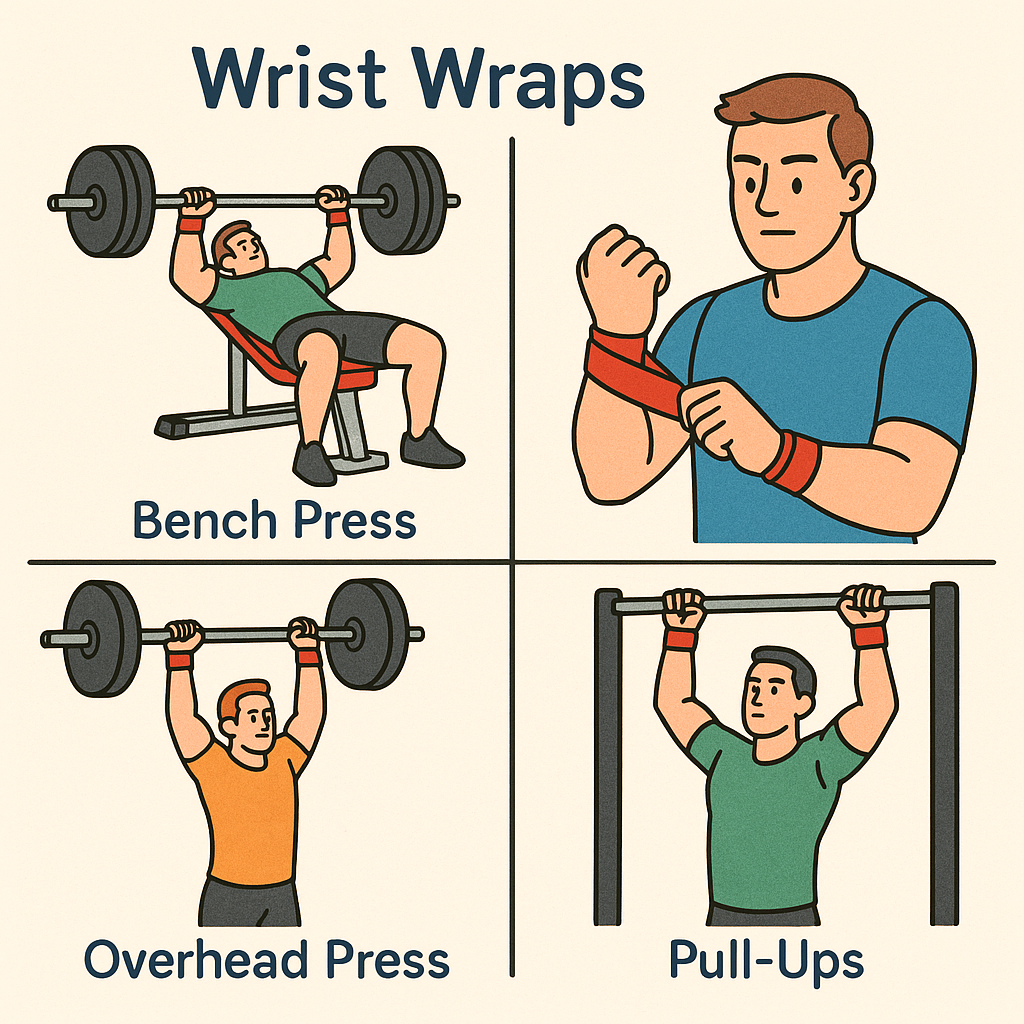
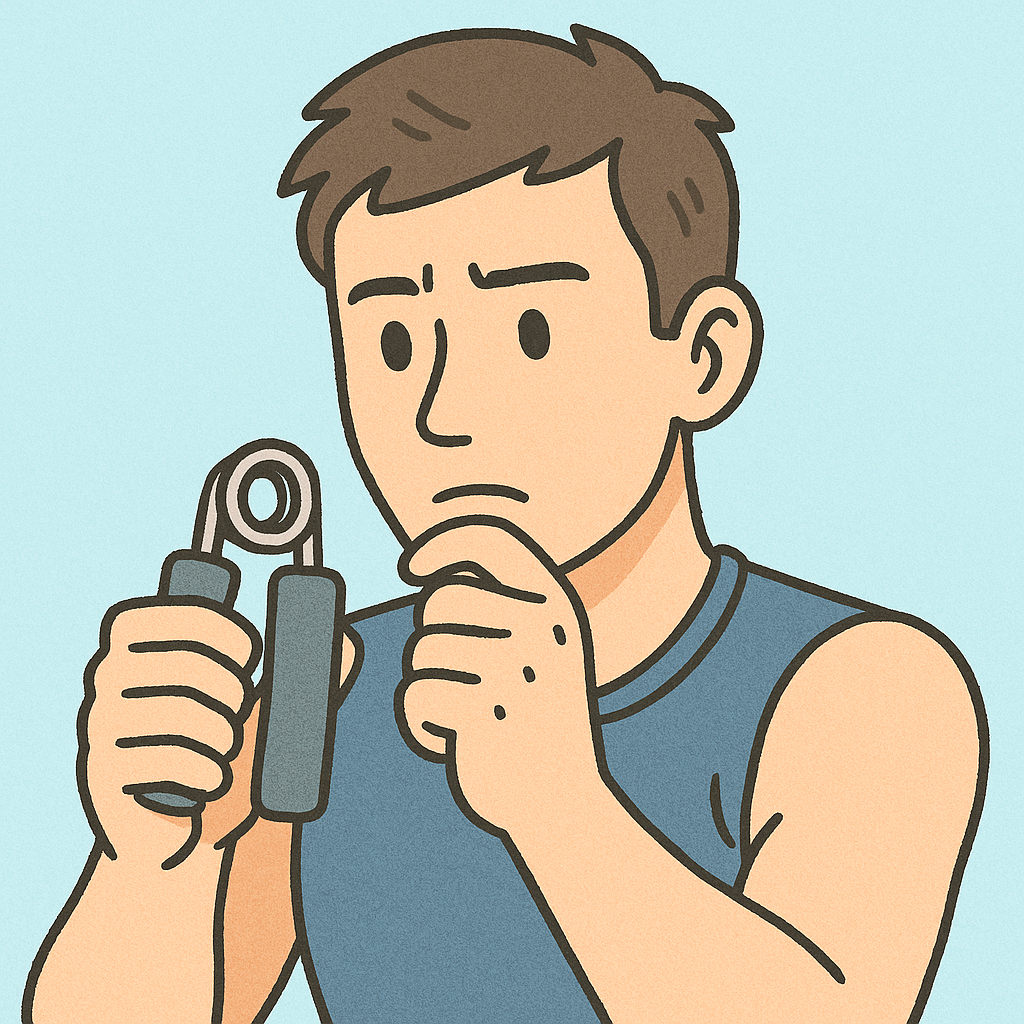
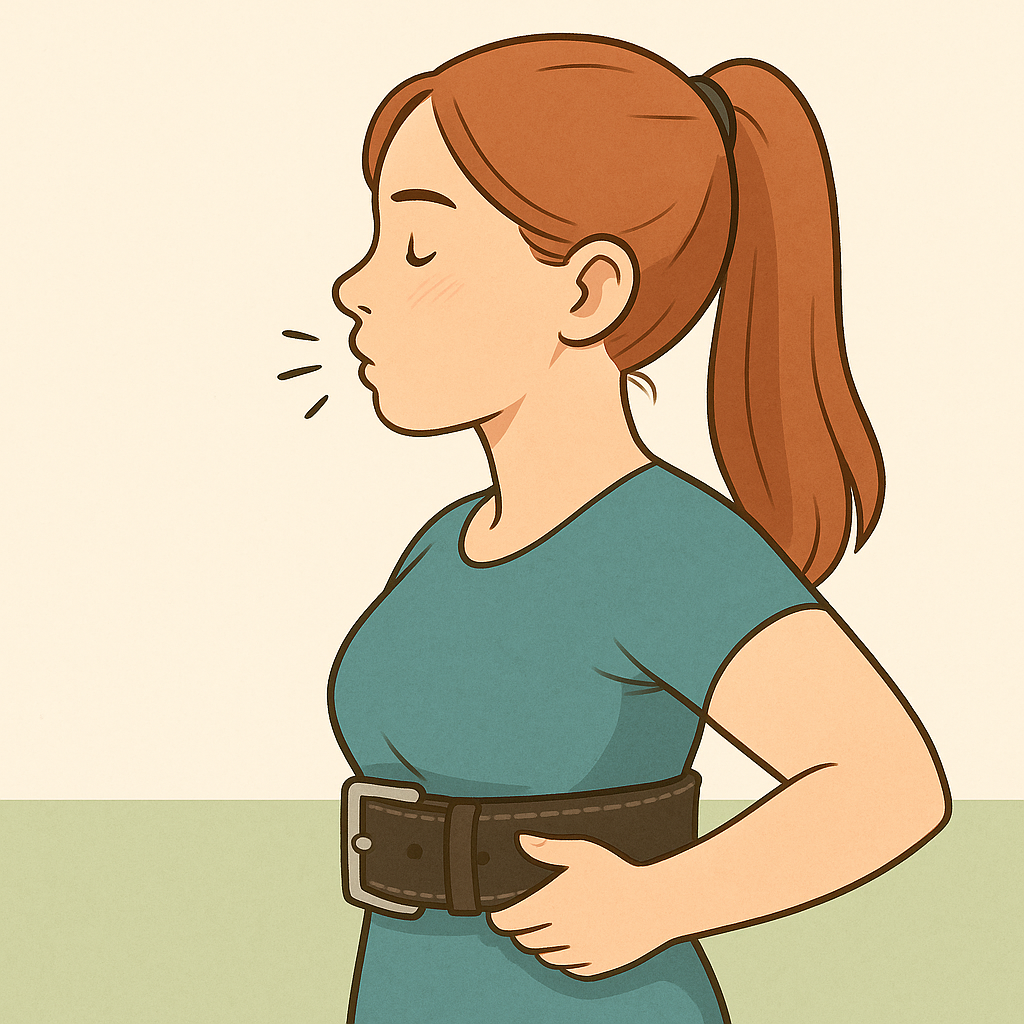
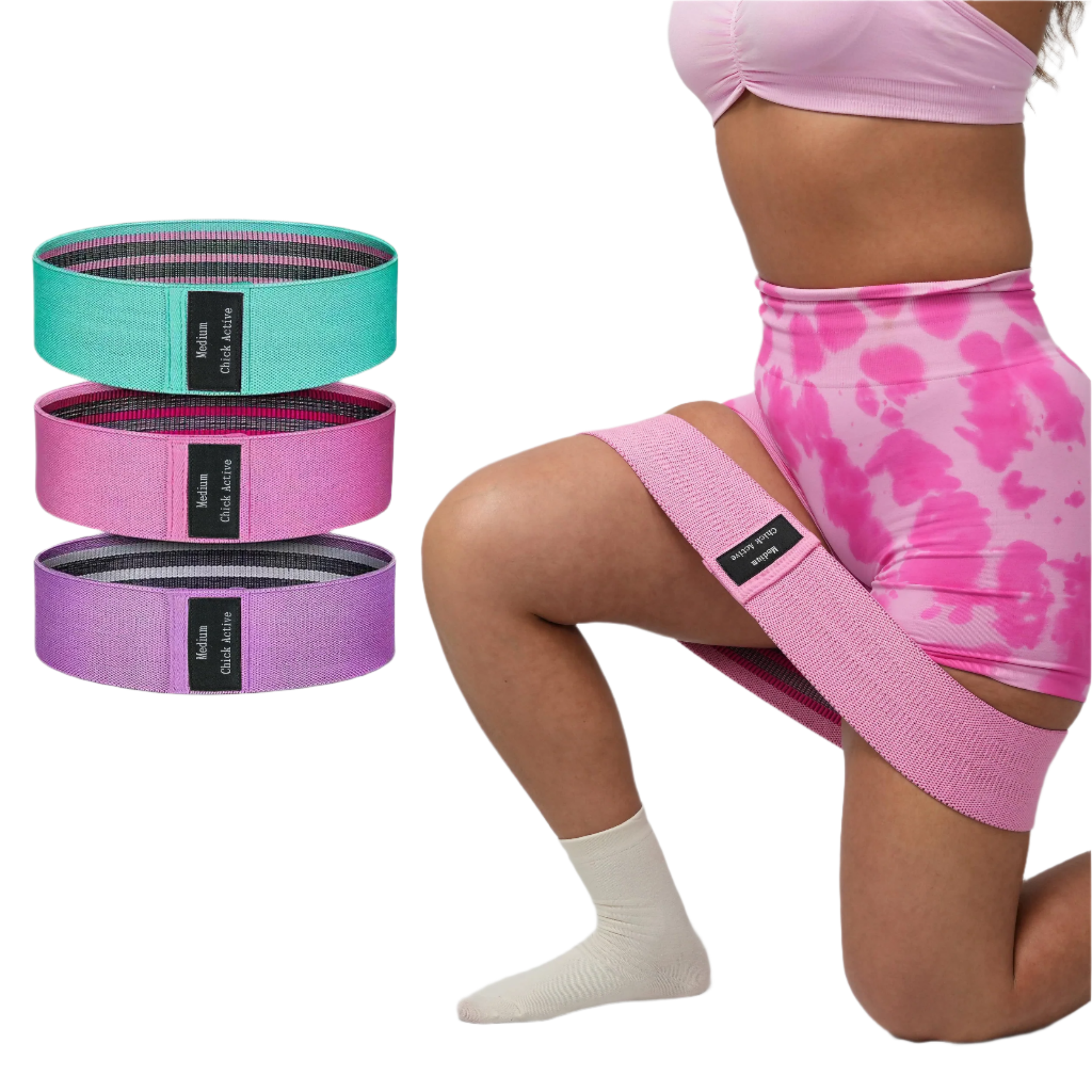
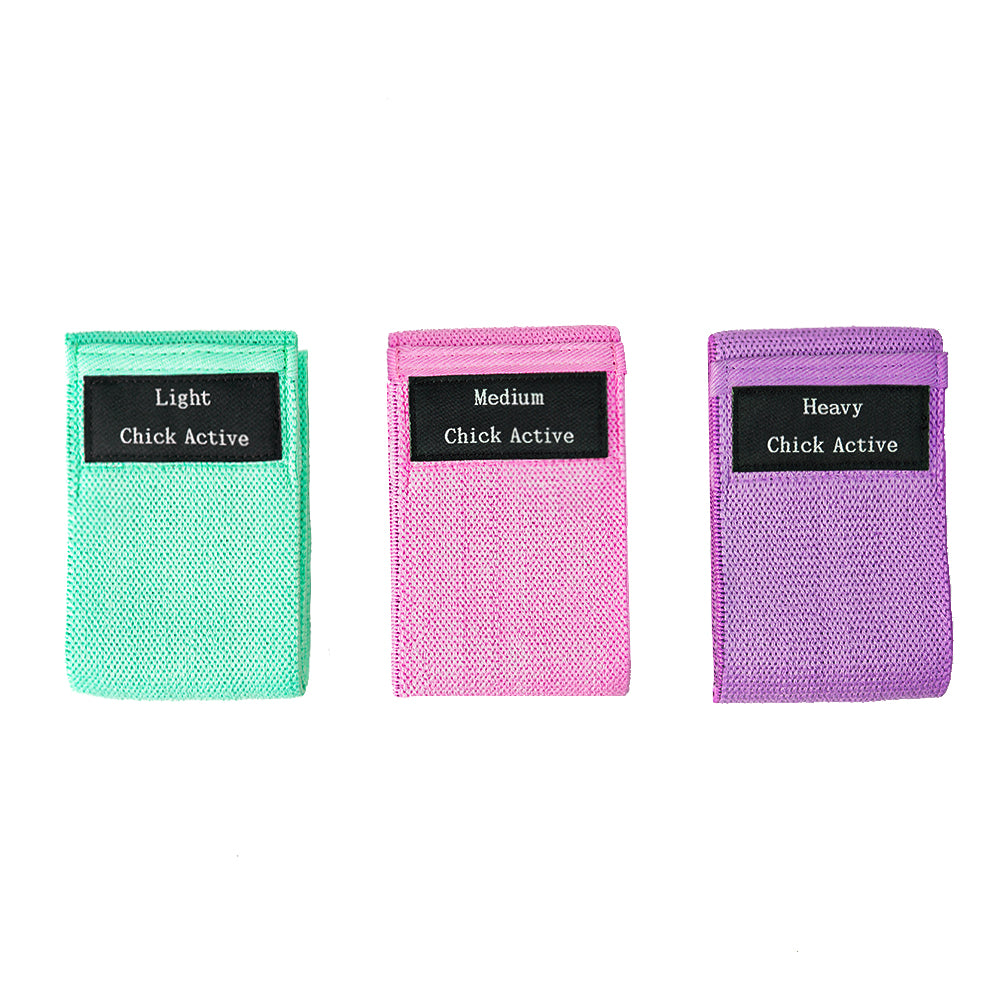
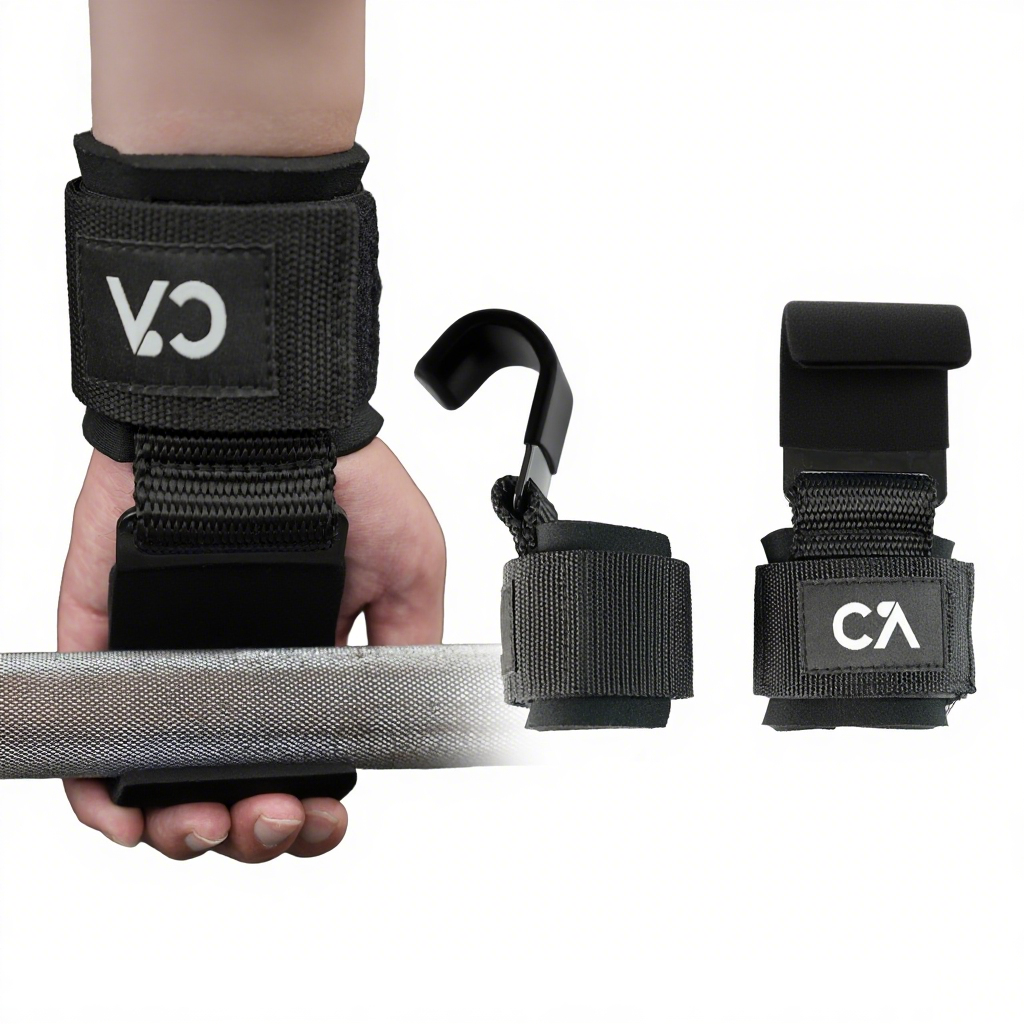
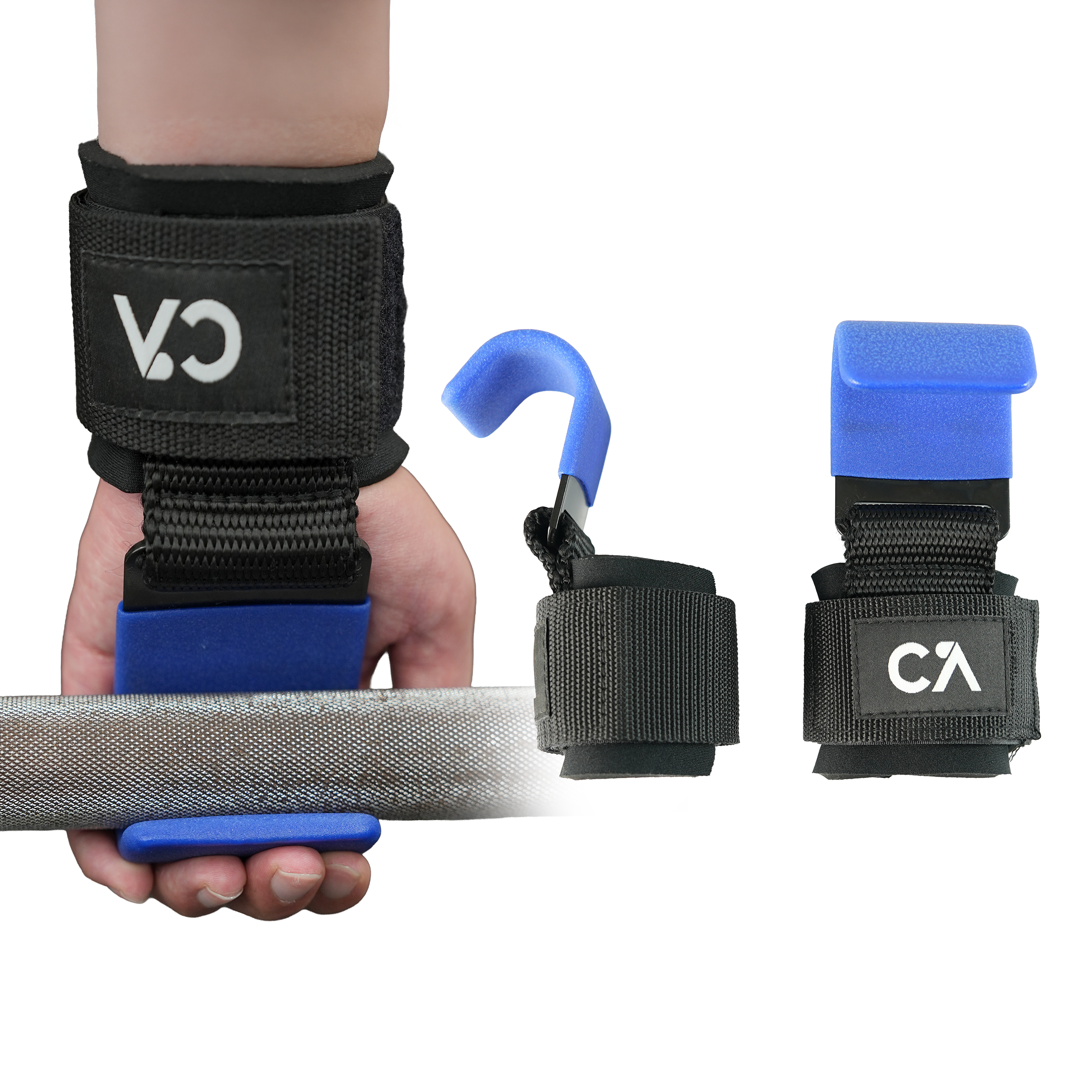
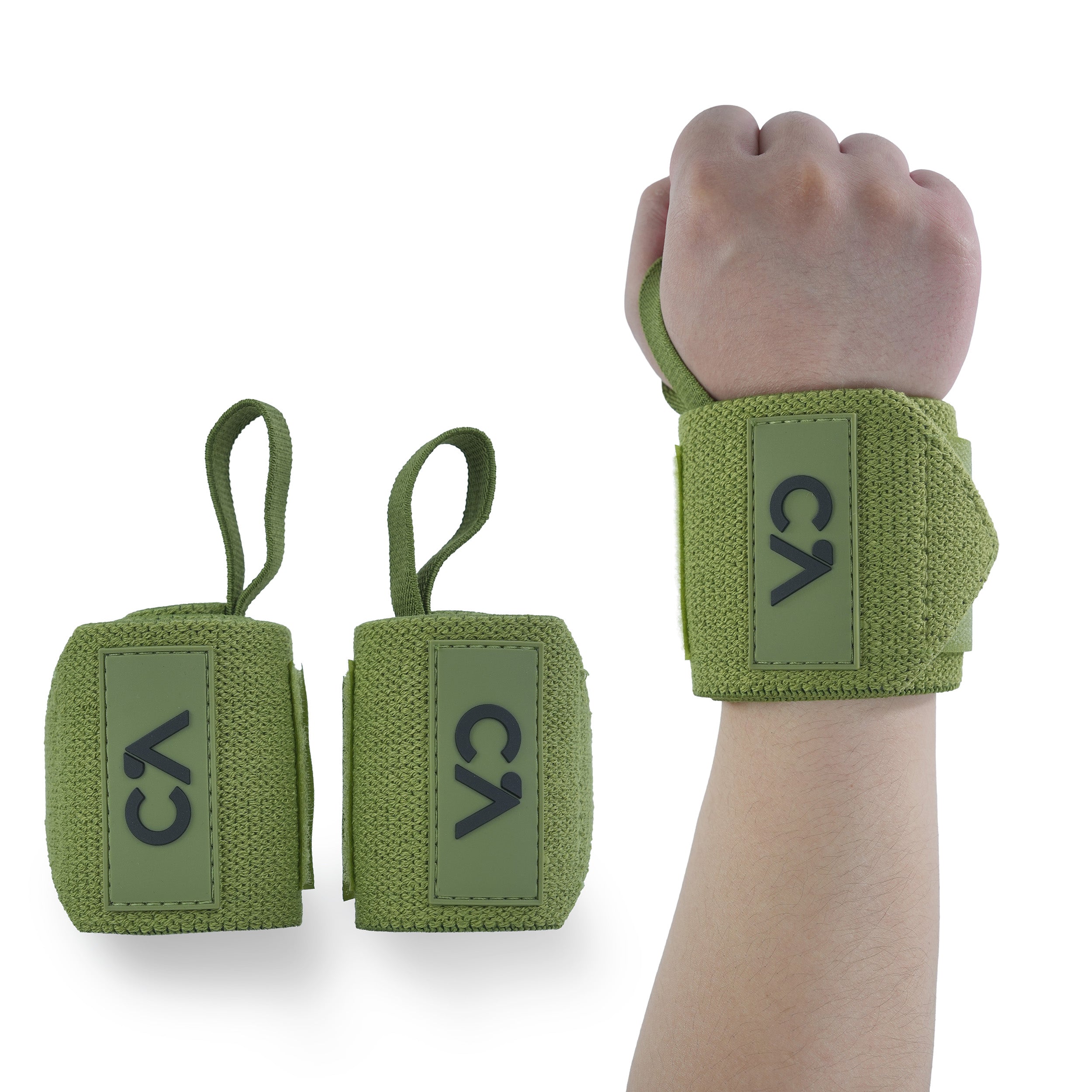
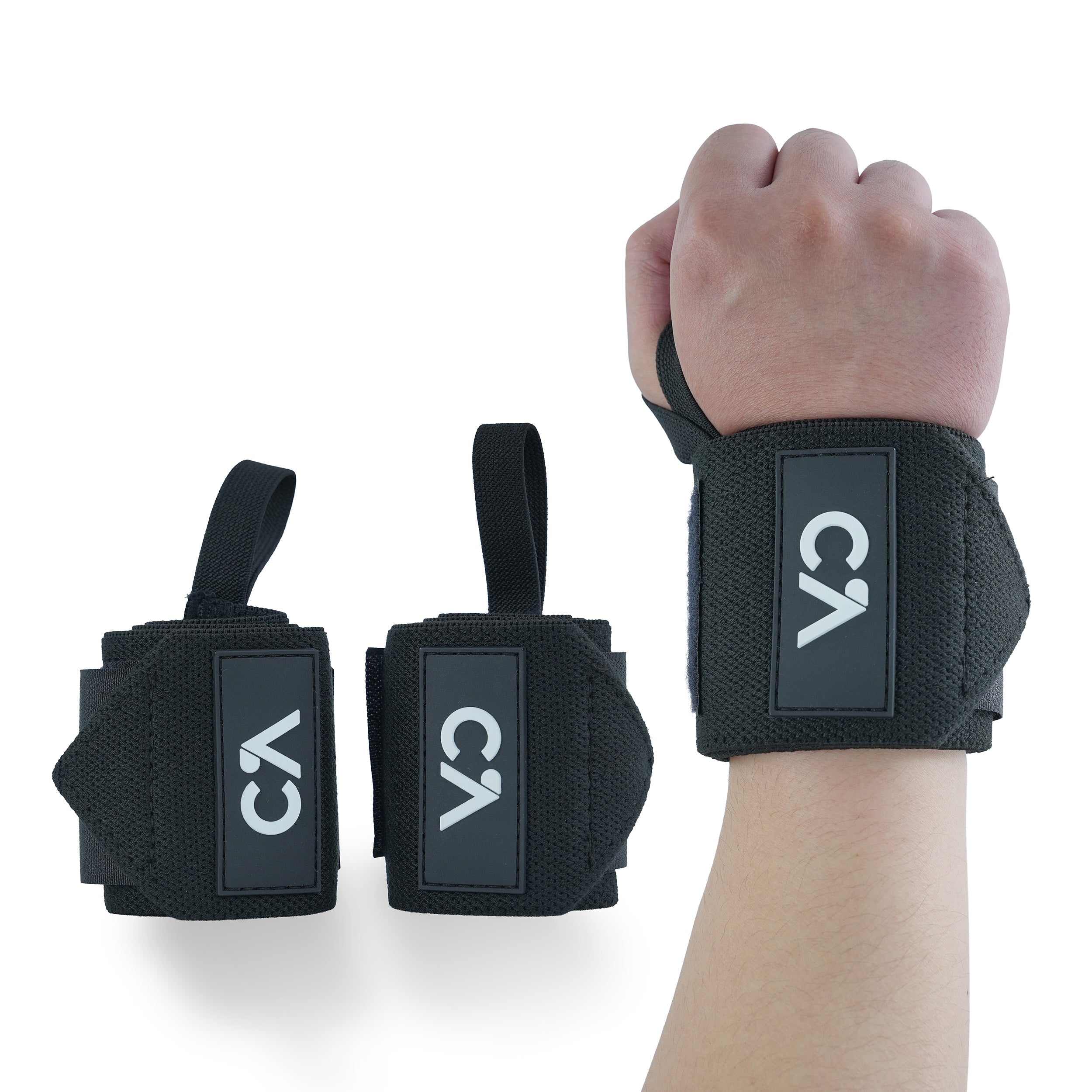
Leave a comment
All comments are moderated before being published.
This site is protected by hCaptcha and the hCaptcha Privacy Policy and Terms of Service apply.